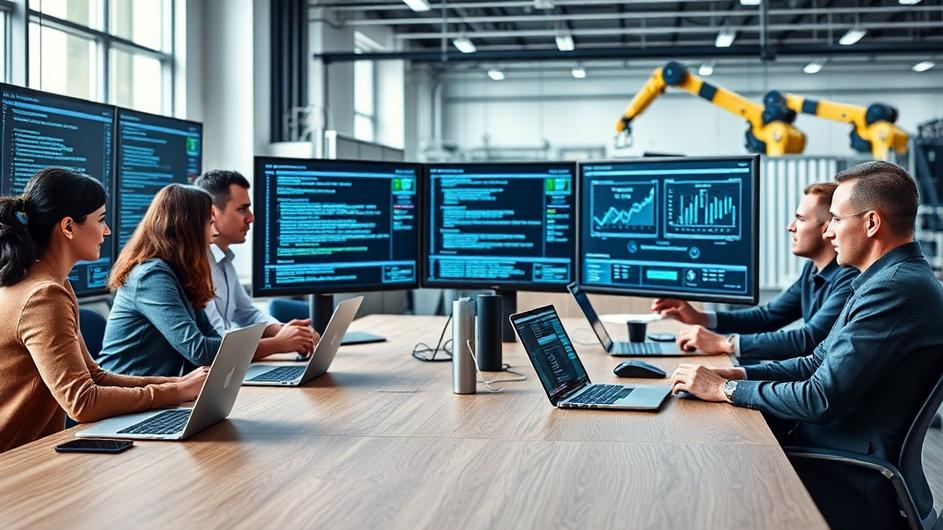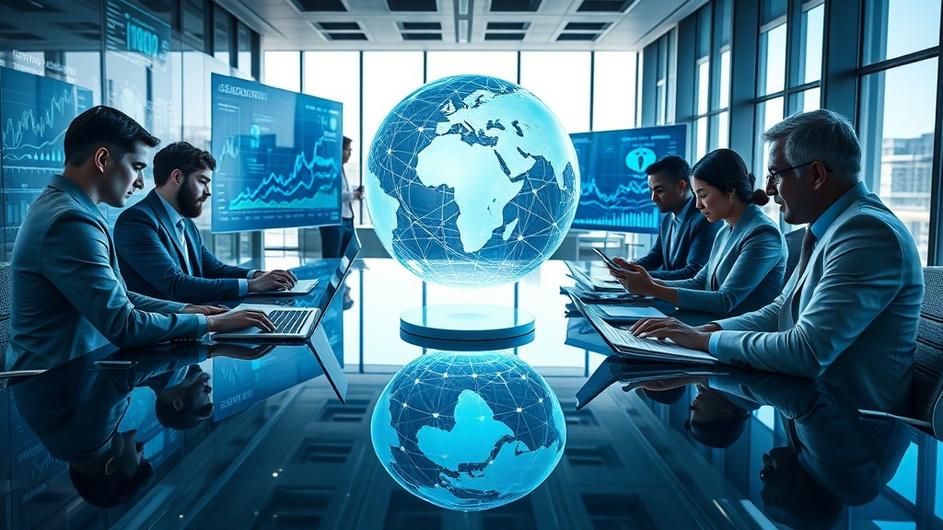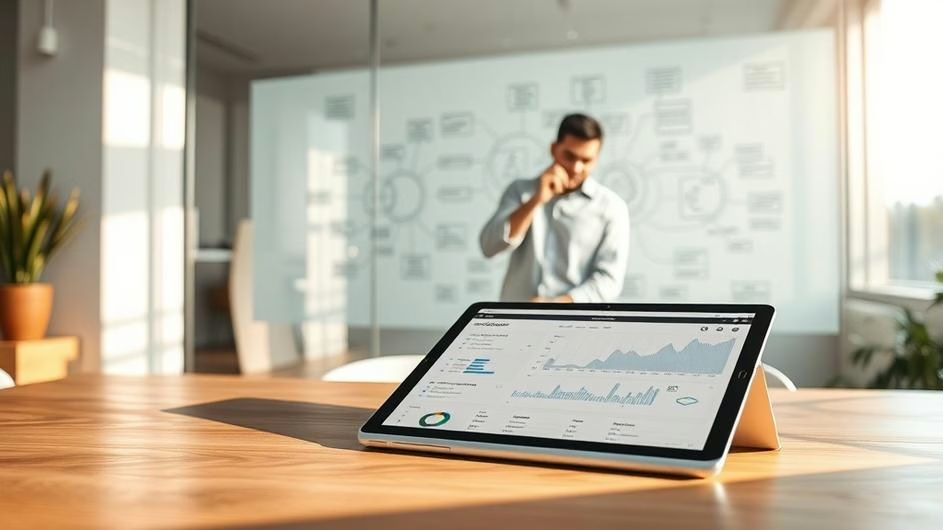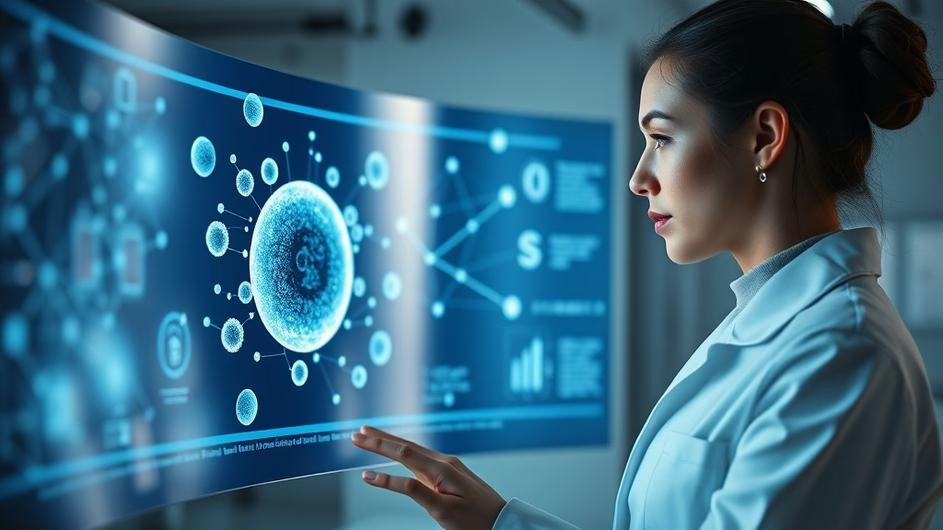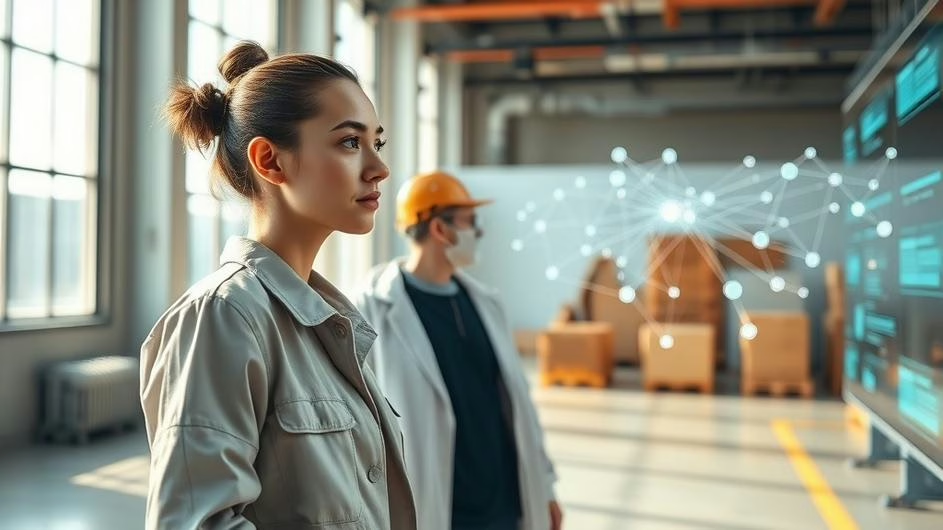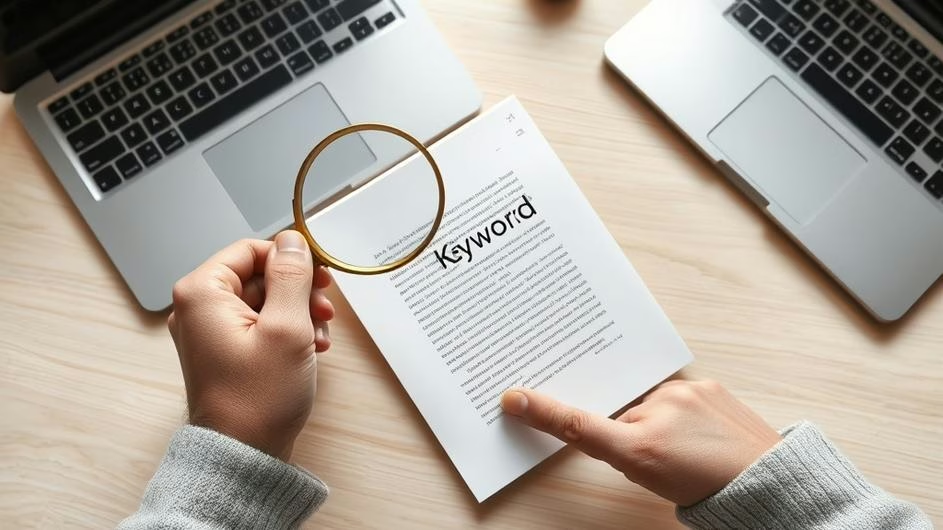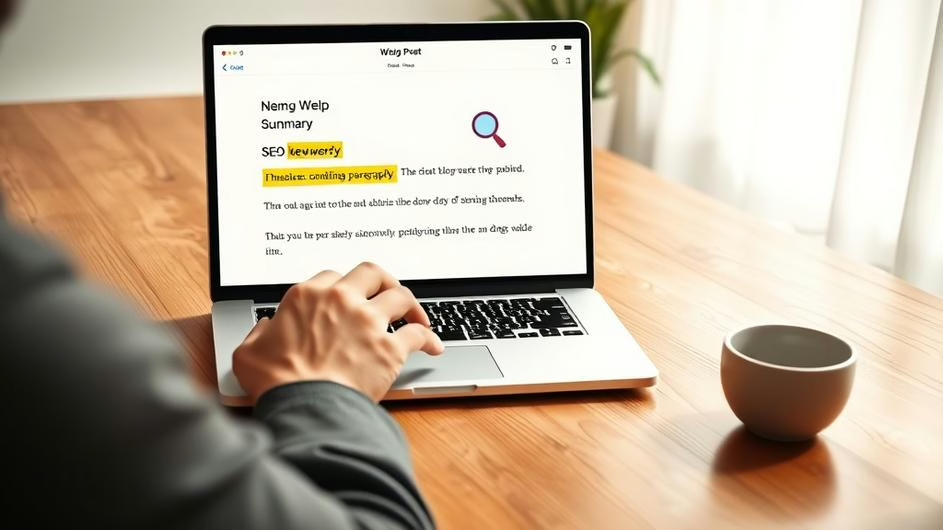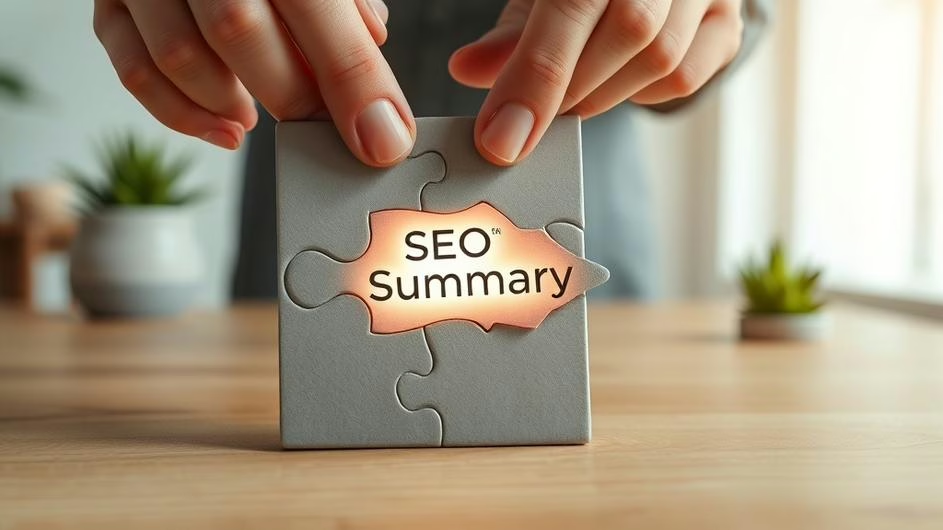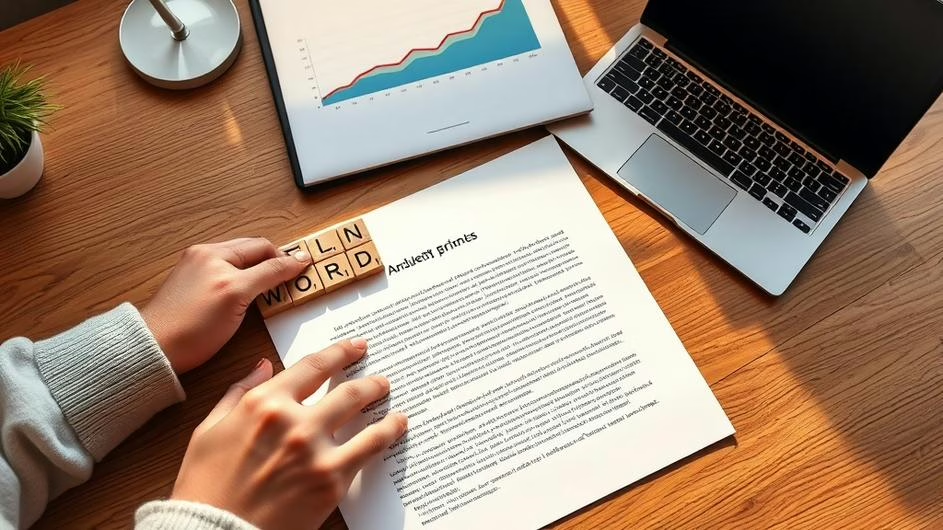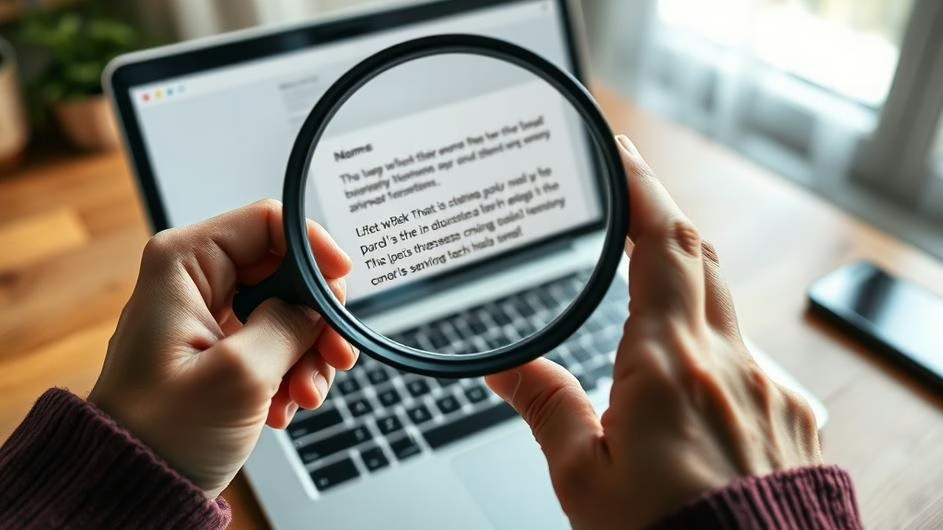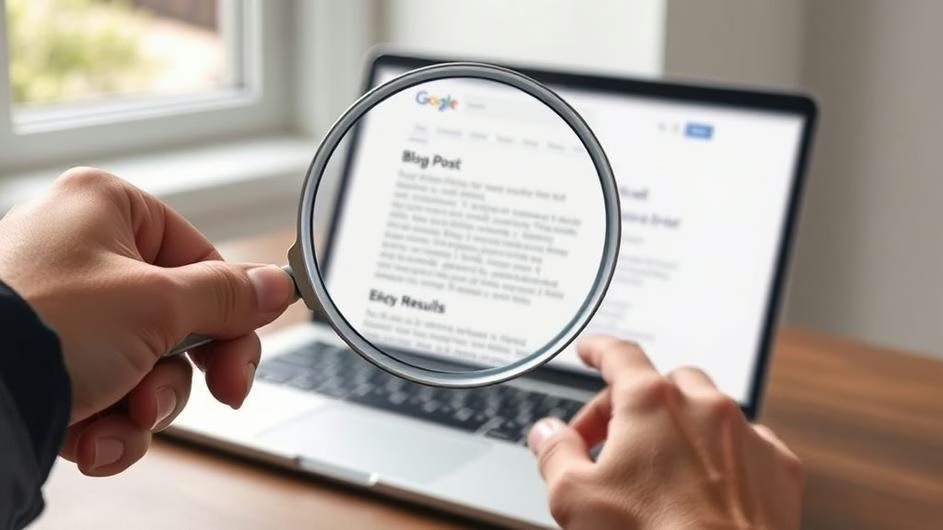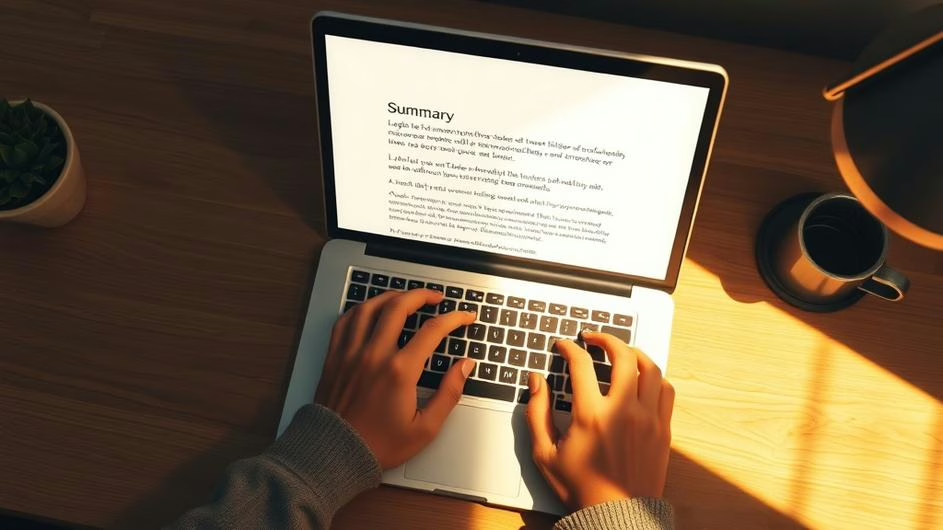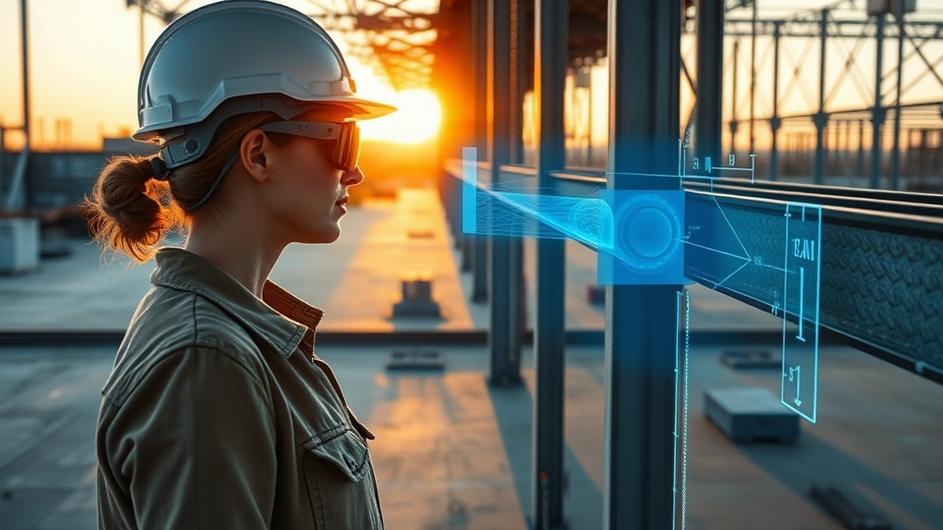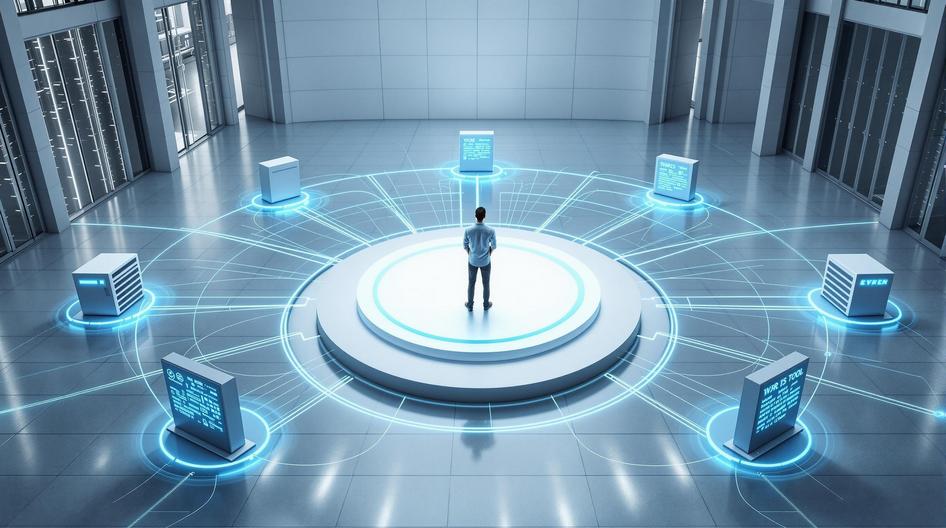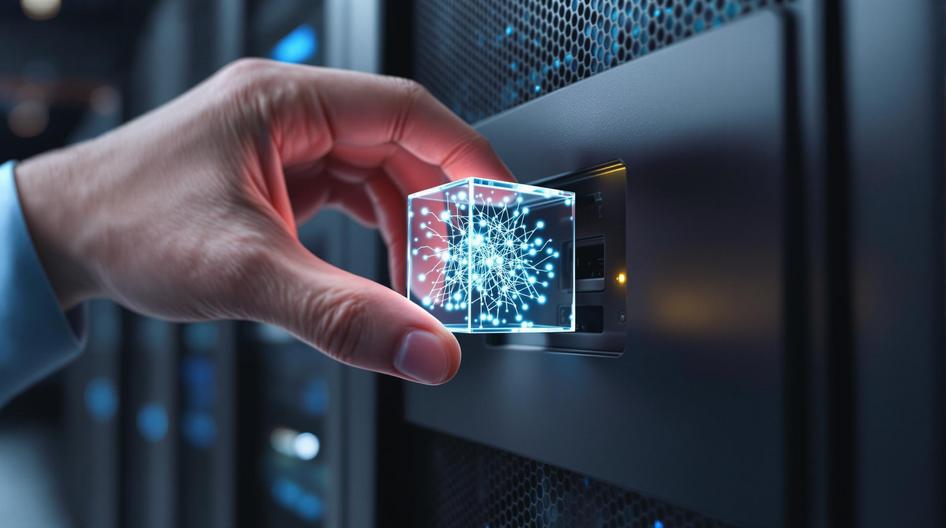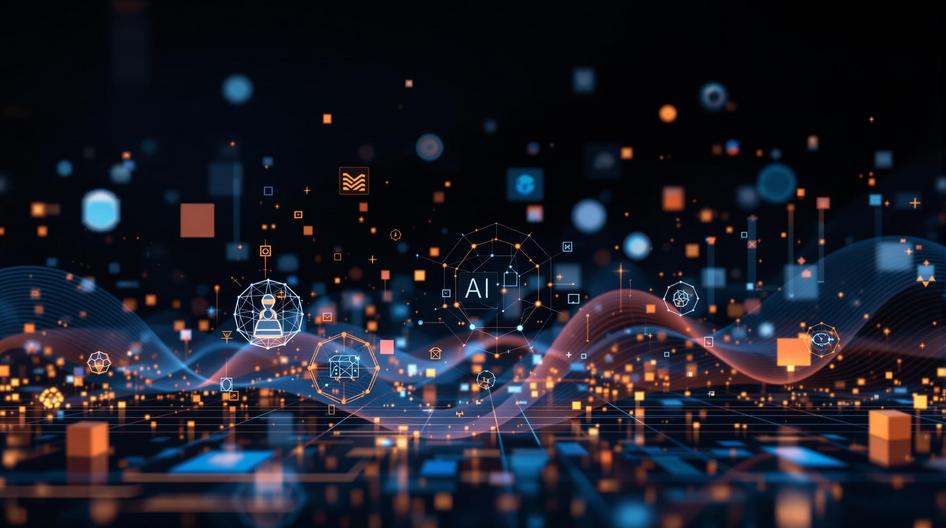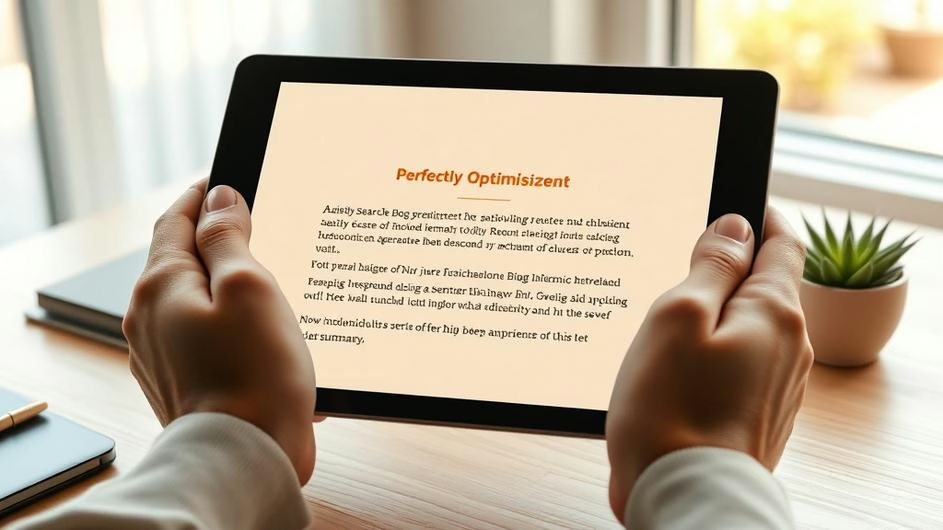
AI’s Growing Impact: Reshaping Industries, Policy, and Society
It’s hard to miss the constant buzz around artificial intelligence. AI is rapidly moving from a futuristic concept to a practical tool that’s changing everything from factory floors and cybersecurity to search engines and transportation. As companies and governments figure out how to navigate these changes, it’s more important than ever for tech leaders and decision makers to understand AI’s true impact and where it’s headed next.
Smarter Factories on the Horizon
In manufacturing, AI is pushing us beyond simple automation into an era of intelligent systems that can predict problems before they happen. Think of advanced AI models sifting through production data in real time. They can spot tiny patterns, like a slight change in a machine’s vibration, that signal a part is wearing down, long before it causes a costly shutdown. By using machine learning, factories can constantly get more efficient and cut down on waste. This doesn’t just lower costs; it also leads to smarter supply chain management. This isn’t about replacing humans. Instead, it’s about creating a new kind of collaboration where robots handle routine tasks, freeing up skilled workers to focus on complex problems with the help of AI-driven insights.
A New Frontline in Cybersecurity
At the same time, cybersecurity is getting a major AI upgrade. Old-school defenses that rely on a fixed set of rules just can’t keep up with today’s sophisticated cyber threats. So how do you fight an enemy that’s constantly changing its tactics? AI offers an answer by quickly spotting unusual activity hidden in massive amounts of network data. Machine learning models, trained on countless attack patterns, create a proactive defense that adapts as hackers change their strategies. This is crucial for protecting our data, especially when hackers are also using AI to create smarter attacks. This creates a digital arms race, raising important questions about privacy, surveillance, and how much we should trust automated systems to make security decisions. As the threats evolve, so must our approach to global cybersecurity.
Search Engines That Actually Understand You
Search technology, something most of us use every day, is also getting smarter with AI. Modern search engines now use natural language processing to understand what you really mean, not just the keywords you type. Remember when you had to get your search query just right? Now, AI models can figure out your intent and the context behind your search, making it easier to find what you’re looking for. This is great for users, but it’s also a big deal for businesses. SEO is no longer about stuffing keywords into a webpage. Instead, content creators now have to focus on semantic relevance and genuine user engagement, which means understanding how a good blog slug and well-structured content contribute to visibility. This shift encourages higher-quality content, as creators use AI tools like ChatGPT and Claude to research and refine their work.

AI in the Driver’s Seat of Transportation
AI is also starting to revolutionize how we get around. Autonomous vehicles are no longer just science fiction; they are being actively tested and deployed in many cities. These vehicles use AI to process data from sensors and live traffic feeds to navigate busy streets. But AI’s impact goes beyond self-driving cars. It’s also being used to optimize logistics and public transit, predicting demand to route delivery trucks more efficiently or adjusting bus schedules based on real-time needs. The goal is to reduce accidents, lower emissions, and make our cities easier to move around in. Of course, as this technology becomes more common, lawmakers are facing tough questions about safety regulations, legal liability in case of an accident, and how these changes will affect jobs and infrastructure.
Building the Rules for an AI-Powered World
With all this powerful technology, who is writing the rules? That’s where governance comes in. Governments around the world are working to create frameworks that encourage innovation while managing risks and ensuring ethical practices. Two key ideas are emerging: transparency and explainability. In other words, we need to be able to understand why an AI system made a particular decision, especially when it has real-world consequences. This is essential for building public trust and holding companies accountable. You can see this playing out in new applications like the AI settlement tool for legal disputes. There’s also a growing conversation about setting international standards for AI and data privacy to handle its global impact.
What’s Next for AI?
Looking ahead, it’s clear that AI will become an even more important partner in solving complex problems. The progress we’re seeing in manufacturing, cybersecurity, search, and transportation shows just how much potential AI has. However, these opportunities come with a big responsibility. Developers, users, and policymakers need to work together to address ethical issues and ensure that the benefits of AI are shared by everyone. For many businesses, the next step is implementing agentic AI platforms and specialized specialized AI assistants to handle specific tasks.
This evolving landscape gives us reasons to be both excited and careful. AI’s ability to enhance our own skills could lead to a new wave of productivity and innovation. Through strategic planning and responsible oversight, the integration of AI is set to reshape our world for the better, moving beyond the hype and into practical, everyday applications. We are already seeing a rise in AI-powered workflow automation, signaling a future where intelligent systems are woven into the fabric of our industries and daily lives.
Sources
- “How AI is Revolutionizing Manufacturing,” Tech Innovations Journal, April 2024
- “AI and the Future of Cybersecurity,” Cyber Defense Review, March 2024
- “The Next Generation of Search Engines,” Digital Trends Weekly, February 2024
- “Transforming Transportation with AI,” Mobility Today, January 2024
- “AI Ethics and Governance: Challenges and Opportunities,” Policy Bytes, May 2024


